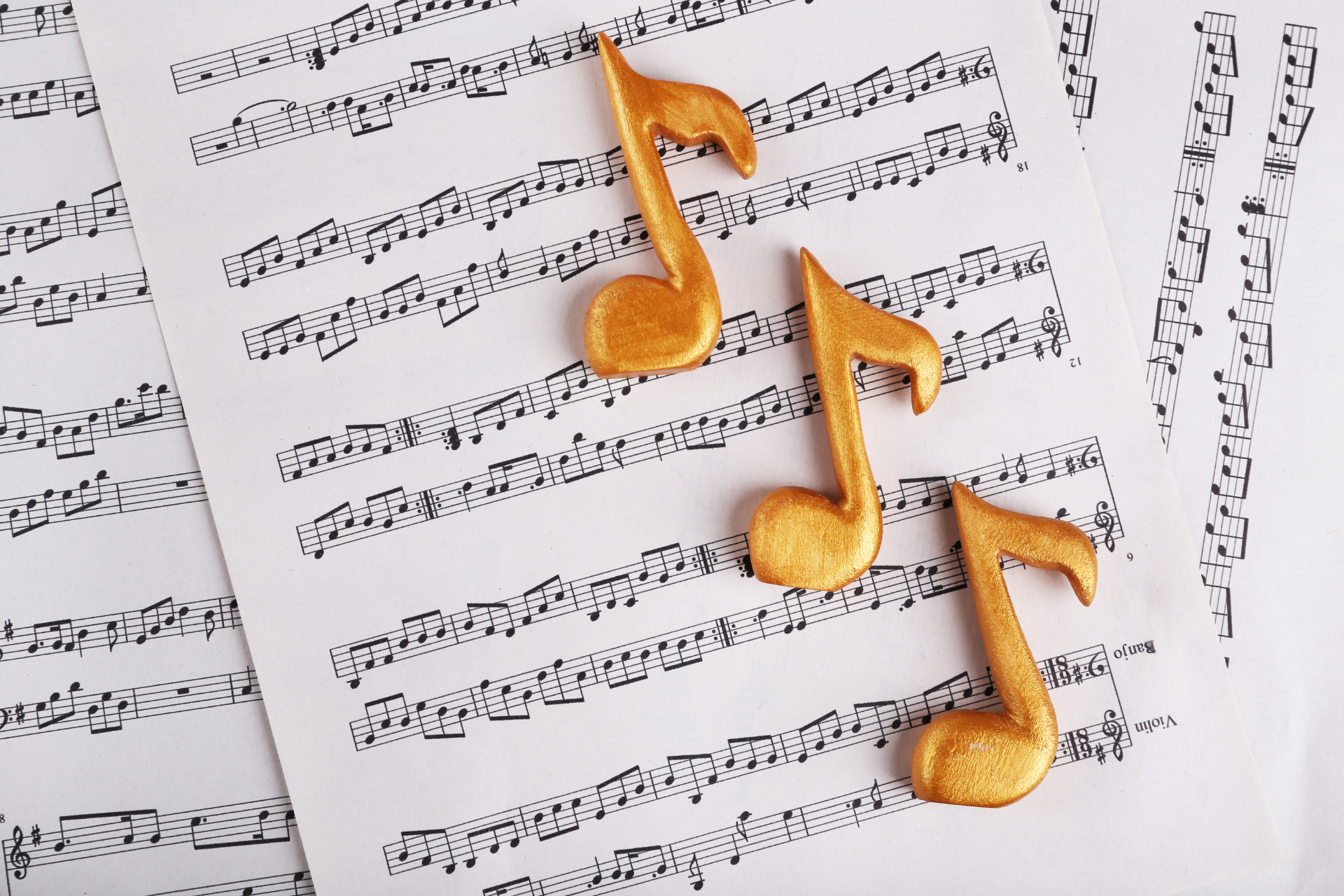General Articles
Demystifying Music Notes: A Beginner's Guide to Understanding the Basics
Music is a universal language that transcends boundaries and connects people across cultures and backgrounds. Whether you're an aspiring musician or simply a music enthusiast, understanding the basics of music notation can open up a whole new world of musical possibilities. In this beginner's guide, we'll unravel the mystery of music notes, providing you with the essential knowledge to read and interpret them with ease.
What are Music Notes?
Music notes are symbols used to represent the pitch and duration of a sound in musical notation. They serve as a visual guide for musicians, indicating which pitch to play and for how long. Each note has a distinct shape and position on the musical staff, which is a set of five horizontal lines and four spaces where musical symbols are written.
The Musical Staff
The musical staff serves as the foundation of music notation, providing a framework for organizing notes and other musical symbols. Each line and space on the staff represents a different pitch, allowing musicians to accurately communicate the melodies and rhythms of a piece of music.
Note Names and Positions
There are seven basic note names in music: A, B, C, D, E, F, and G. These notes repeat in a continuous cycle across the musical staff, ascending or descending in pitch depending on their position. For example, the note C is located on the first ledger line below the staff, while the note D is positioned on the first line of the staff itself.
Understanding Note Duration
In addition to representing pitch, music notes also indicate duration, or how long a note should be played. This is done through the use of different note values, such as whole notes, half notes, quarter notes, and so on. The shape of the note, along with any additional symbols like flags or dots, determines its duration.
Reading Music Notes
Reading music notes involves identifying the pitch and duration of each note as it appears on the staff. Start by familiarizing yourself with the note names and their positions on the staff. Then, learn to recognize the different note values and how they correspond to specific lengths of time. Practice sight-reading simple melodies and exercises to improve your fluency in reading music notation.
Tips for Beginners:
- Take it one step at a time: Learning to read music notation can be overwhelming at first, so don't be afraid to start slowly and gradually build your skills.
- Practice regularly: Like any other skill, reading music takes practice. Set aside time each day to work on sight-reading exercises and play through musical pieces.
- Use mnemonic devices: Mnemonics, such as "Every Good Boy Does Fine" for remembering the lines of the treble clef or "FACE" for the spaces, can be helpful aids in memorizing note names.
- Seek guidance: Consider taking lessons from a qualified music teacher who can provide personalized instruction and feedback to help you progress.
Final Words
Mastering the basics of music notes is an essential skill for any musician, whether you're a beginner or an experienced player. By understanding how to read and interpret music notation, you'll be able to bring your musical ideas to life and communicate with other musicians effectively. So don't be intimidated – dive in, explore, and let the magic of music unfold!
Ready to embark on your musical journey? Visit Rhythm Music Shop, your one-stop destination for all your musical needs. Whether you're looking to purchase instruments, accessories, or music books, we've got you covered. Visit our store in Markham, Richmond Hill, North York, Scarborough, or shop online today!

